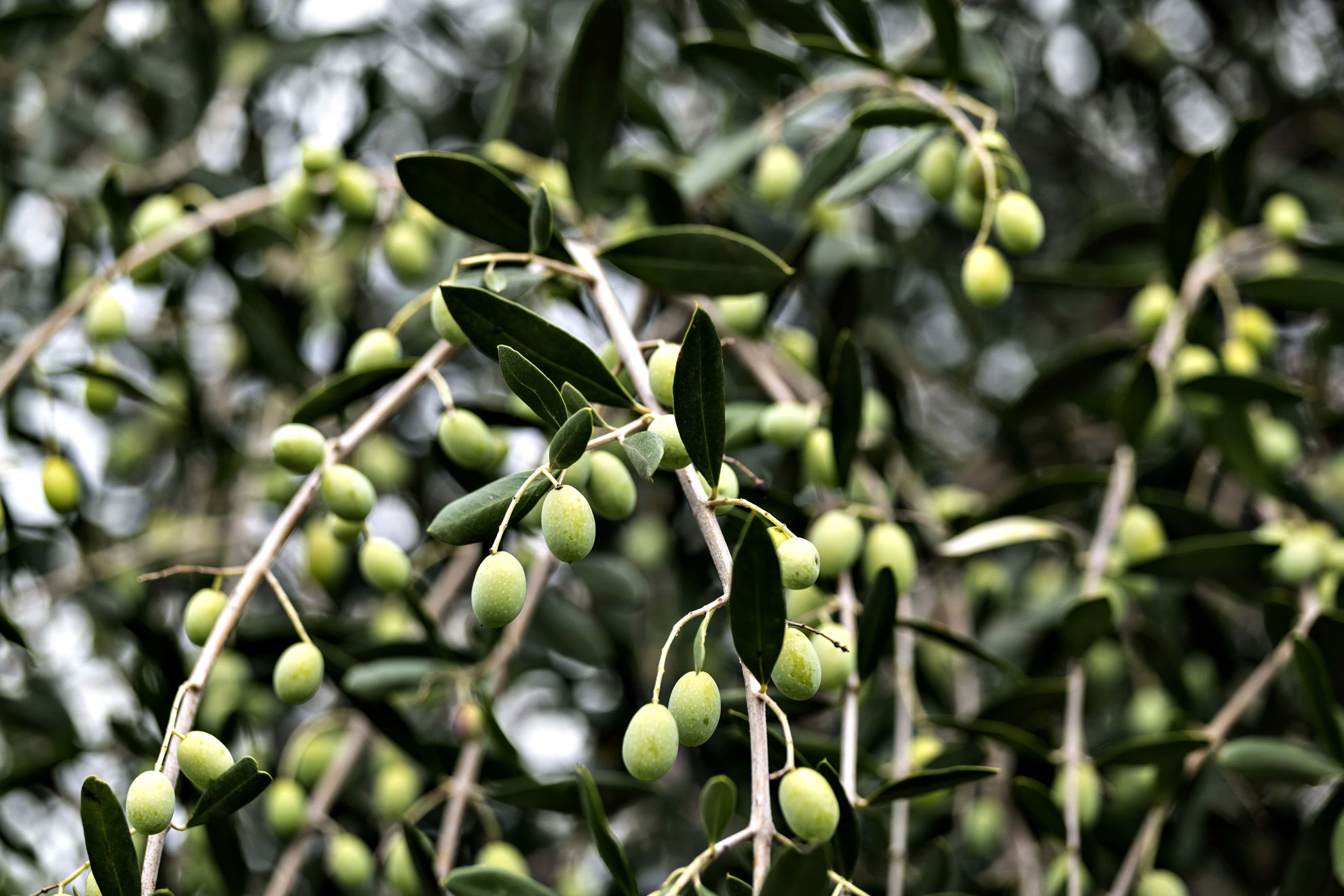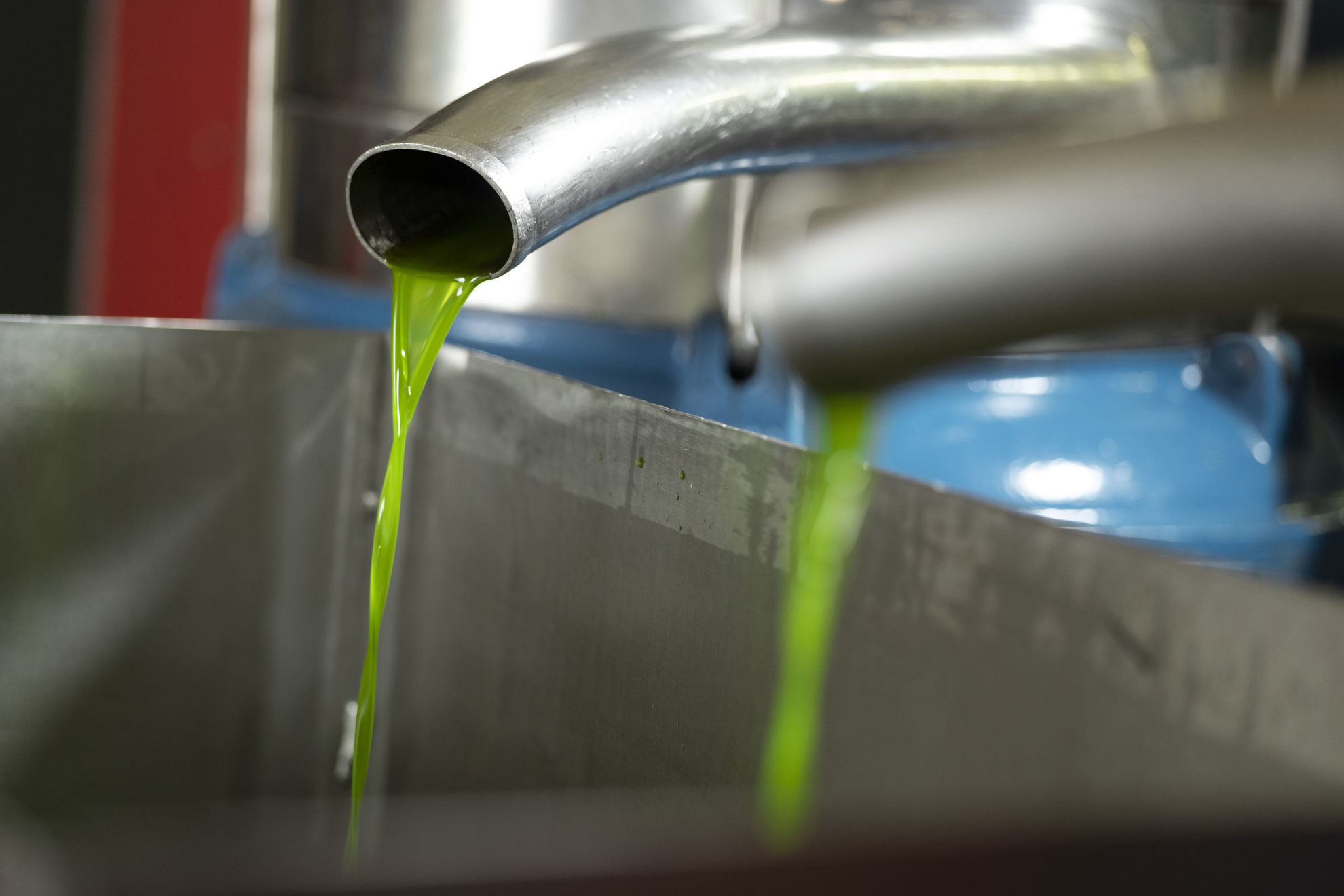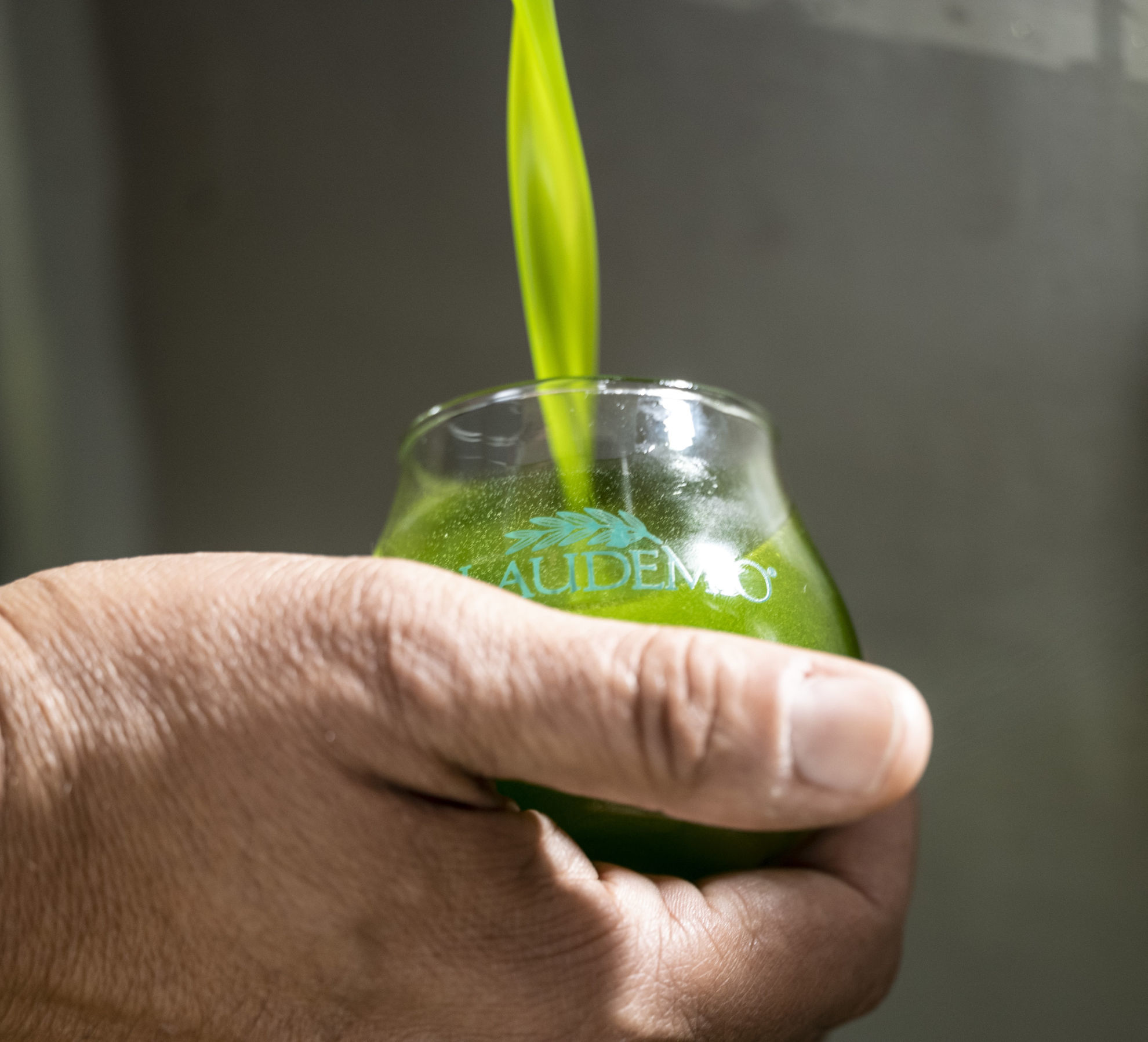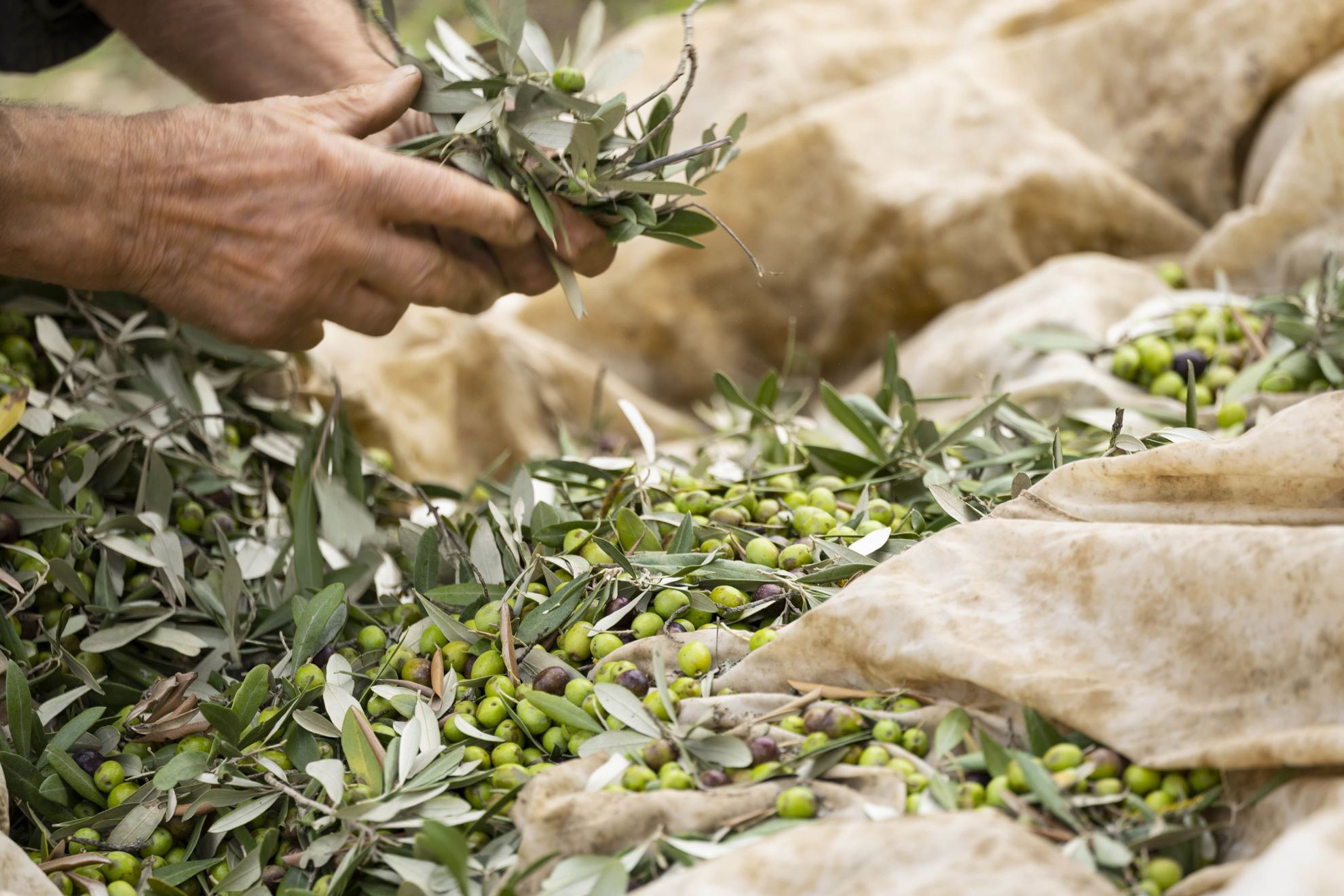
Olive oil is the worldwide known golden liquid extracted from the fruit of the olive tree: olives. In this blog, we will showcase how olive oil is classified, corresponding to the five commercial categories recognized in the legislation of the European Union. Find out the diverse types of olive oil, and beware of poor-quality products!
Different types of olive oil and their uses
Many doubts tend to arise when you want to purchase olive oil. There is a wide variety, and you may not know the essential qualities of each one. Precisely for this reason, we have decided to create a summary of all the existing olive oil types, their characteristics, and their uses.
Extra virgin olive oil
Extra Virgin Olive Oil is a superior category of oil obtained directly from olives by mechanical or other physical processes. Therefore, it is an olive juice to which no substance has been added and, consequently, does not produce an alteration in the oil, making it an entirely natural product. In this particular case, the quality of the raw material and the production conditions are crucial to obtain the best olive oil with excellent properties.
Virgin Olive Oil
Similarly to the extra virgin olive oil type, this oil is extracted directly from the olive, with exclusively mechanical procedures. However, it loses the word 'Extra' when quality is lost due to defects in the olive or the production process. Therefore, this variety of olive oil has some tasting flaws, and its acidity is different. Usually, they are produced in the last weeks of harvest, with a very ripe olive that has suffered adverse conditions. This particular type of olive oil is ideal for frying processes or for preparing certain sauces.
Lampante virgin olive oil
It is a virgin olive oil with a defective taste. This type of oil results from the use of olives falling to the ground due to atmospheric agents or diseases. Therefore, it contains poor organoleptic qualities and has a high acidity percentage. Consequently, it is not recommended for human consumption and is not marketed as such. Its final destination is the refineries to transform it into refined oil through very aggressive chemical and physical procedures.
Olive pomace oil
It is obtained from the olive pomace, which is a by-product deriving from the production of olive oil. It consists of pulp, peel, stone, and traces of olive; therefore, the residue of the olive once the olive oil has been extracted by mechanical means. This pomace is transferred to factories where, through drying and solvent extraction processes, a crude oil called pomace oil is obtained. This oil is not suitable for consumption and requires a refinement process through very aggressive and drastic chemical-physical processes to eliminate all unwanted components and convert it into refined pomace oil.
Olive oil
According to the regulation, this denomination applies to oils composed of a blend of refined and virgin olive oils to improve their organoleptic characteristics.
The smoke point of olive oil refers to the temperature at which the oil begins to break down and produce visible smoke. Different types of olive oil have varying smoke points due to differences in their composition and processing. It's very important while choosing an olive oil because of various factors: cooking safety, appropriate cooking methods, flavor preservation.



Olive oil acidity and composition
To classify the different types of olive oil and their characteristics, the degree of acidity and organoleptic qualities must be taken into account. That is the set of sensations produced by the senses of smell and Extra virgin olive oil taste, such as spicy, bitter, and fruity. Knowing these factors, we can talk about the following:
|
Extra virgin olive oil |
Acidity does not exceed 0.8% |
|
Virgin olive oil |
Acidity does not exceed 2% |
|
Lampante virgin olive oil |
Acidity greater than 2% |
|
Olive oil |
Acidity does not exceed 2% |
|
Olive pomace oil |
Acidity does not exceed 1% |
How to differentiate good quality olive oil
The chemical analysis of olive oil, which, by law, determines its acidity, is the first stage through which the oil passes to determine its commercial category. Its authenticity and classification must be verified, and the label must comply with the parameters established by law to determine its quality.
A low degree of acidity corresponds to a high-quality oil; values close to 0.1 indicate that the olive is in perfect condition and that the fruit has been handled correctly. Current legislation establishes that the degree of acidity of Extra Virgin Olive Oil must be equal to or less than 0.8%. Said degree of acidity gives us the percentage by weight of free fatty acids in the oil. Therefore, the less acidity a virgin olive oil has, the fresher it will be and the longer it will retain its health benefits.
It is necessary to consider that the values that, in actuality, have meaning are those of extra virgin olive oil and virgin olive oil, as they are the only ones that are natural and have not been manipulated by any chemical process to modulate these parameters.
Authentic olive oils and their quality seal
Another purpose of the olive oil analysis is to highlight the particular provisions for typical products to see the differences in quality. All food products carry quality labels, and olive oils are no exception. The four types of olive oils are PDO (Protected Designation of Origin), PGI (Protected Geographical Indication), TSG (Traditional Specialty Guaranteed) and PAT (Traditional Agri-food Products). This is assigned by the European community based on particular qualitative characteristics. However, these checks are only mandatory for olive oils that have a quality mark.
Currently, there are 42 PDO products, and one PGI produced in Tuscany. Sicily stands out with 6 designations of origin, followed by Puglia and Campania. There are no oil products among the TSGs, while 31 olive oils are included among the traditional agri-food products (PAT), of which 8 are in Lazio, 7 in the Marche and 4 in Calabria.
You have discovered that there are a lot of olive oil types and the choice depends on its usage, different for each one. If you're looking for an excellent extra virgin olive oil, try our Laudemio Frescobaldi!